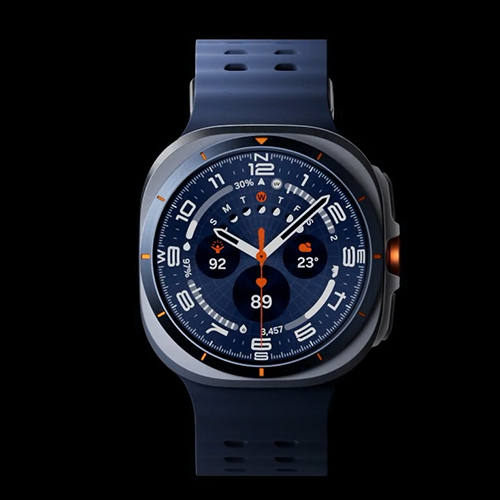
Exploring Memory Card Types: A Comprehensive Guide
In today's digital age, memory cards have become an integral part of our lives. From capturing precious moments with our cameras to expanding storage on our smartphones and other gadgets, memory cards play a crucial role. However, with a variety of memory card types and formats available, it can be challenging to understand which one suits your needs best. In this article, we will demystify memory cards, exploring the different types, formats, speed classes, and their various applications.
How Do Memory Cards Work?
Memory cards are small, portable storage devices that use flash memory to store digital data. They work by electronically storing data, including photos, videos, music, documents, and more. When inserted into a compatible device, such as a camera or smartphone, the data can be read, written, or deleted as needed.
What Are the Different Types of Memory Cards?
Memory cards come in various types, each with unique characteristics and applications. Below is a detailed breakdown:
1. Secure Digital (SD) Cards
-
The most common and versatile type of memory card.
-
Available in standard SD, miniSD, and microSD sizes.
-
Widely used in digital cameras, smartphones, tablets, and other portable devices.
-
Ideal for storing photos, videos, music, and apps.
2. Secure Digital High Capacity (SDHC) and Secure Digital Extended Capacity (SDXC)
-
Variations of standard SD cards with higher capacities.
-
SDHC: 4GB to 32GB.
-
SDXC: 64GB up to 2TB.
-
Suitable for high-capacity storage in cameras, drones, and video recorders.
3. CompactFlash (CF) Cards
-
Larger and more durable than SD cards.
-
Frequently used in professional cameras and older DSLRs.
-
Offers fast transfer rates with various capacities.
4. Memory Stick (MS) Cards
-
Developed by Sony, used mainly in older Sony devices.
-
Variants include Memory Stick Duo and Memory Stick Pro Duo.
-
Now largely obsolete.
5. XQD and CFexpress Cards
-
Designed for professional cameras.
-
Provide very high-speed data transfer, suitable for 4K/8K video.
-
Reliable and durable for professional workflows.
6. MultiMediaCards (MMC)
-
Small, rectangular design once used in cameras and PDAs.
-
Rarely seen today, replaced by SD cards.
7. Universal Flash Storage (UFS)
-
Found in smartphones and tablets requiring fast storage.
-
High-speed data transfer ensures smooth app and media use.
8. eMMC (Embedded MultiMediaCard)
-
Soldered directly onto a device’s motherboard, non-removable.
-
Common in smartphones, tablets, and budget laptops.
9. SmartMedia Cards
-
Obsolete type once used in early cameras and PDAs.
-
Thin design with exposed memory chips.
Memory Card Speed Classes
Speed matters for photography, videography, and app performance. Memory cards are rated by speed classes:
-
Class 2, 4, 6, 10 → Indicates minimum write speed in MB/s (e.g., Class 10 = 10MB/s).
-
UHS (Ultra High-Speed):
-
UHS-I → Up to 104MB/s.
-
UHS-II → Up to 312MB/s (ideal for 4K/8K video).
-
-
Video Speed Classes:
-
V30, V60, V90 → Designed for high-resolution video (e.g., V30 = sustained 30MB/s).
-
Always check your device requirements before buying — using a card with a lower speed class can cause buffering or recording issues.
Memory Card Comparison Table
| Memory Card Type | Capacity Range | Speed Potential | Best For | Status |
|---|---|---|---|---|
| SD | Up to 2GB | Low | Basic storage in old devices | Legacy |
| SDHC | 4GB–32GB | Class 2–10 | Entry-level cameras, HD video | Current |
| SDXC | 64GB–2TB | UHS-I / UHS-II, V30–V90 | 4K/8K video, drones, DSLRs | Current |
| CF (CompactFlash) | Up to 512GB | High | Professional photography | Current/Legacy |
| CFexpress / XQD | 64GB–2TB | Extremely High | 4K/8K pro video, fast burst shooting | Current |
| Memory Stick | Up to 32GB | Medium | Older Sony devices | Obsolete |
| MMC | Up to 4GB | Low | Old PDAs/cameras | Obsolete |
| SmartMedia | Up to 128MB | Very Low | Vintage devices | Obsolete |
| UFS | 32GB–1TB | Very High | Smartphones, tablets | Current |
| eMMC | 4GB–256GB | Moderate | Built-in smartphone/laptop storage | Current |
Choosing the Right Memory Card
-
For photography & video: SDXC with UHS-II or CFexpress.
-
For smartphones: microSD (UHS-I or UHS-II) or UFS.
-
For budget laptops & tablets: eMMC (non-removable).
-
For obsolete devices: CF, Memory Stick, or SmartMedia (only if required).
Conclusion
Understanding the different memory card types, formats, and speed classes is essential to ensure you select the right one for your needs. Whether you’re a professional photographer needing high-speed recording or a smartphone user expanding storage, there’s a memory card designed for you. Always check compatibility, capacity, and speed ratings before buying.
Frequently Asked Questions (FAQs)
1: What is the difference between SD, SDHC, and SDXC memory cards?
SD (up to 2GB), SDHC (4GB–32GB), and SDXC (64GB–2TB) differ mainly in storage capacity. Older devices may not support SDHC or SDXC.
2: Can I use an SDXC card in a device that accepts SDHC cards?
Not always. Some devices that accept SDHC may not recognize SDXC cards. Check your device’s specifications.
3: What are speed classes on memory cards?
Speed classes (Class 10, UHS, V30, etc.) indicate how fast data can be written. Higher speeds are essential for 4K/8K video and burst photography.
4: How do I format a memory card, and why is it necessary?
Formatting clears all data and prepares the card for new use. It’s often needed when switching devices, fixing errors, or setting up a new card.
Latest Blogs
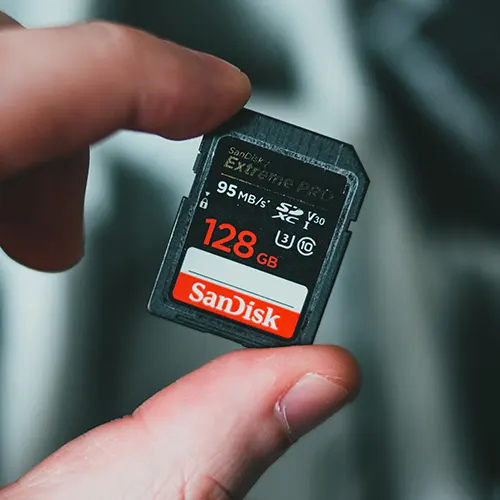
Exploring Memory Card Types: A Comprehensive Guide
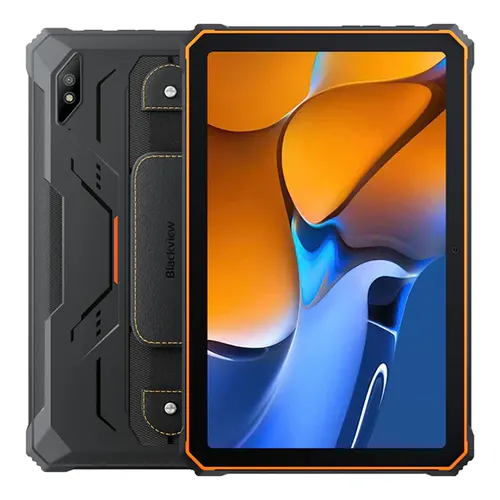
Blackview Tablet Reviews: A Comprehensive Look at Features and Performance
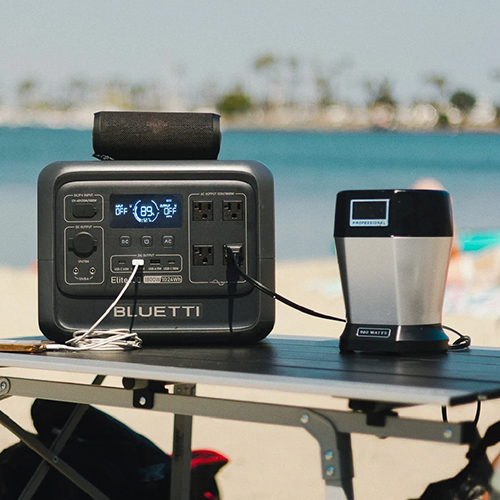
The Best Portable Power Stations & Solar Generators in the UK (2025 Guide)
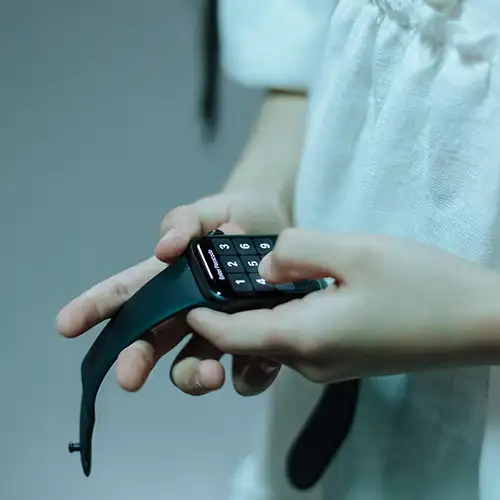
10 Best Smartwatches for Kids
